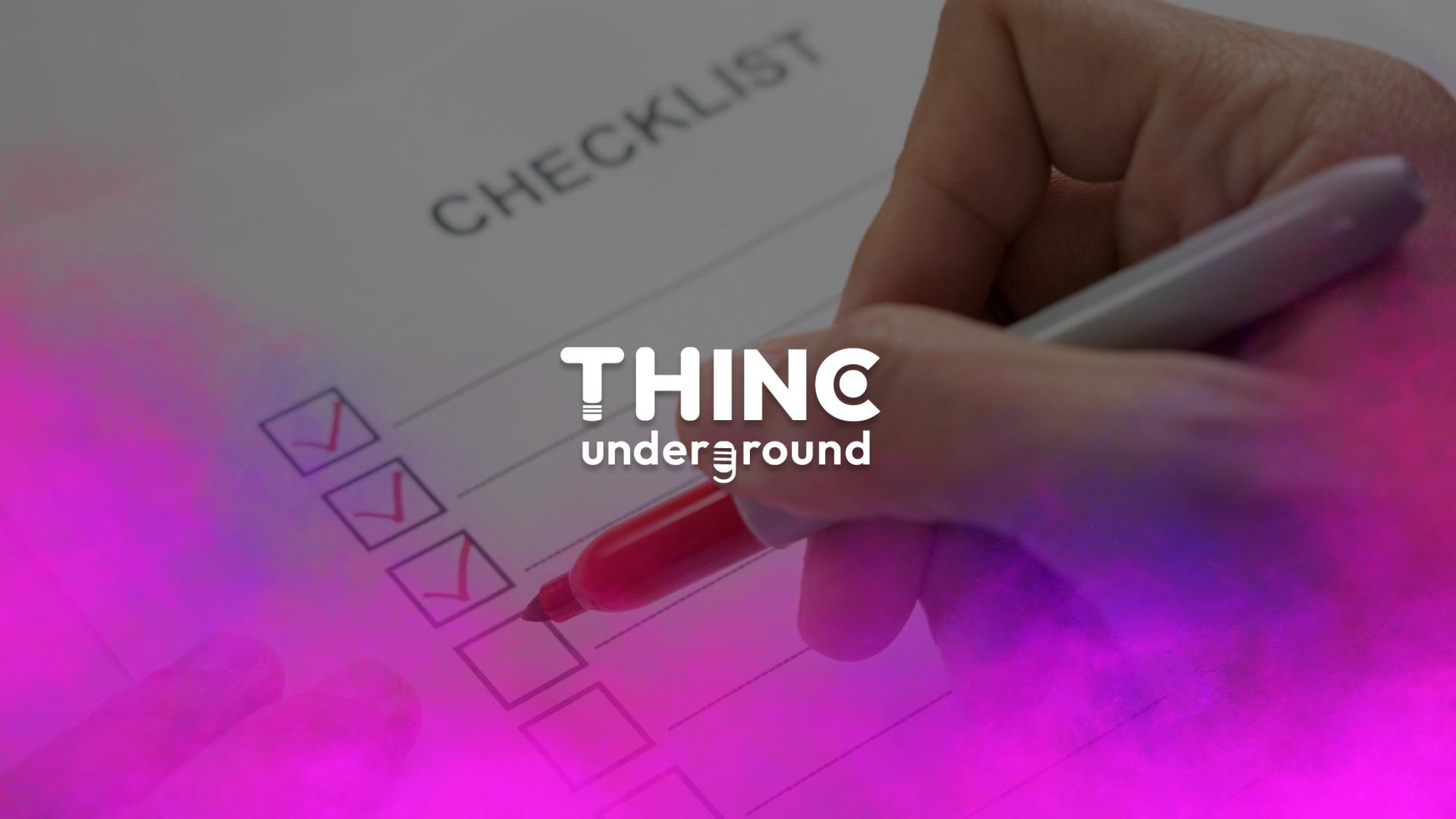
Maximizing Operational Efficiency: Tips and Tricks for Business Owners

In the fast-paced world of business, operational efficiency is crucial for staying competitive and profitable.

By streamlining your operations, you can save time, reduce costs, and improve overall productivity. Here are some practical tips and tricks to help you maximize your operational efficiency.
1. Automate Repetitive Tasks
Automation is one of the most effective ways to improve efficiency. Identify repetitive tasks that can be automated, such as invoicing, scheduling, and email marketing. Tools like Zapier, QuickBooks, and Mailchimp can help you automate these processes, freeing up your time to focus on more strategic activities.
2. Streamline Processes
Analyze your current workflows to identify bottlenecks and inefficiencies. Simplify and standardize processes where possible. Implementing lean methodologies, such as the 5S system (Sort, Set in order, Shine, Standardize, Sustain), can help you create more efficient workflows and eliminate waste.
3. Train Your Team
Investing in employee training is crucial for operational efficiency. Ensure your team is well-versed in the latest tools and techniques related to their roles. Regular training sessions and workshops can keep your team updated and improve their productivity. Cross-training employees can also provide flexibility in managing workloads and reduce dependency on individual team members.
4. Monitor Performance with KPIs
Key Performance Indicators (KPIs) are essential for tracking and measuring efficiency. Identify the most relevant KPIs for your business, such as cycle time, throughput, and defect rates. Regularly monitor these metrics to gain insights into your operations and identify areas for improvement. Tools like dashboards and performance management software can provide real-time visibility into your KPIs.
5. Leverage Technology
Adopting the right technology can significantly enhance operational efficiency. Cloud-based solutions, such as project management tools (e.g., Trello, Asana) and customer relationship management (CRM) systems (e.g., Salesforce, HubSpot), can streamline collaboration and data management. Additionally, consider using inventory management software to optimize stock levels and reduce carrying costs.
6. Outsource Non-Core Activities
Focus on your core competencies and outsource non-core activities to specialized providers. Functions like payroll processing, IT support, and marketing can be efficiently managed by external experts, allowing you to concentrate on your primary business activities. Outsourcing can also provide cost savings and access to advanced technologies and expertise.
7. Implement Continuous Improvement
Adopt a culture of continuous improvement (Kaizen) to constantly seek ways to enhance efficiency. Encourage your team to identify inefficiencies and suggest improvements. Regularly review and refine processes to adapt to changing business needs and market conditions. Small, incremental changes can lead to significant long-term gains in efficiency.
Maximizing operational efficiency is essential for the success and growth of your business. By implementing these practical tips and tricks, you can streamline your operations, save time, and reduce costs. Start optimizing your business processes today to stay ahead of the competition and achieve sustainable growth.
For more insights and personalized support, join the Thinc Underground community. Our experts and fellow business owners are here to help you on your journey to operational excellence.
